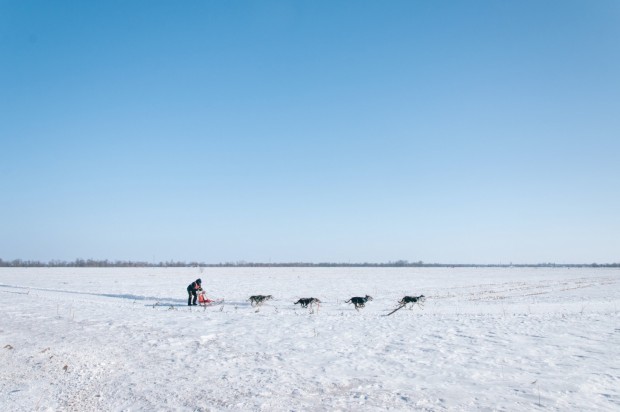In the far north of Canada, a group known as the Inuit have lived for thousands of years. Their culture, closely linked with the tough Arctic environment, shows us a way of life formed by snow and ice. When you learn about Inuit culture, you see that their traditions and daily life are shaped by the cold and often hard conditions they deal with every day.
One of the most noticeable things about Inuit culture is its adaptiveness. For many years, the Inuit have learned skills and knowledge that are very important for living in the Arctic. They know how to build igloos for shelter and are experts at hunting on ice. This smart thinking shows how strong humans can be.

Exploring Inuit Culture: Unique Traditions and Practices
When you explore Inuit culture, you find many interesting facts about their traditions and practices that have lasted centuries in the cold Canadian Arctic. The Inuit people, with their strong connection to nature and the environment, have created an interesting and different culture. Here are some of them.
Traditional Arts, Crafts, and Music in Inuit Culture
Inuit culture in the Canadian Arctic is known for its rich arts, crafts, and music. This part of their culture shows us their history and everyday life. Detailed carvings made from whalebone or antlers show animals and scenes from nature. These carvings show artistic skill and tell stories about the land and its people.
The Inuit are also skilled in sewing and making clothes. According to the Canadian Museum of History, they use materials like sealskin to make clothes that work well in the cold Arctic weather. These clothes are useful and decorated with detailed patterns and symbols that are important in their culture.
Read Also: What Makes Biodiversity in Costa Rica So Incredible?
Music is very important in Inuit culture. Traditional songs are often played during dances and ceremonies, with drums made from animal skins. The music is closely linked to the Inuit's relationship with nature and echoes the sounds of the environment, like the wind and the waves.

Impact of the Environment on Daily Life and Traditions
The tough but beautiful Arctic environment greatly affects Inuit culture. Their way of life is closely linked to the land and sea. Hunting and fishing are important to their cultural identity, not just survival methods. The Inuit have created special methods and tools for hunting, like the kayak and the harpoon, showing their deep understanding of the environment.

Modern Influences and the Preservation of Inuit Heritage
Inuit culture has had to balance old traditions with new influences in recent years. New technology and global culture have brought changes to the Arctic. But, there is a strong effort in Inuit communities to keep their heritage alive.
Keeping the Inuit language alive through education and media is key to their cultural identity. Inuit artists and musicians mix traditional and modern styles, creating new ways to express themselves that honor their heritage and connect with the wider world.
Inuit culture shows the strength and flexibility of its people. Despite challenges, the Inuit are thriving, keeping their rich traditions alive while dealing with the modern world. Their culture gives us a special view based on a strong connection to the land and a sense of community.
Related Article: What You Need to Know About Customs and Traditions in Finland
This article is copyrighted by Travelers Today, the travel news leader



